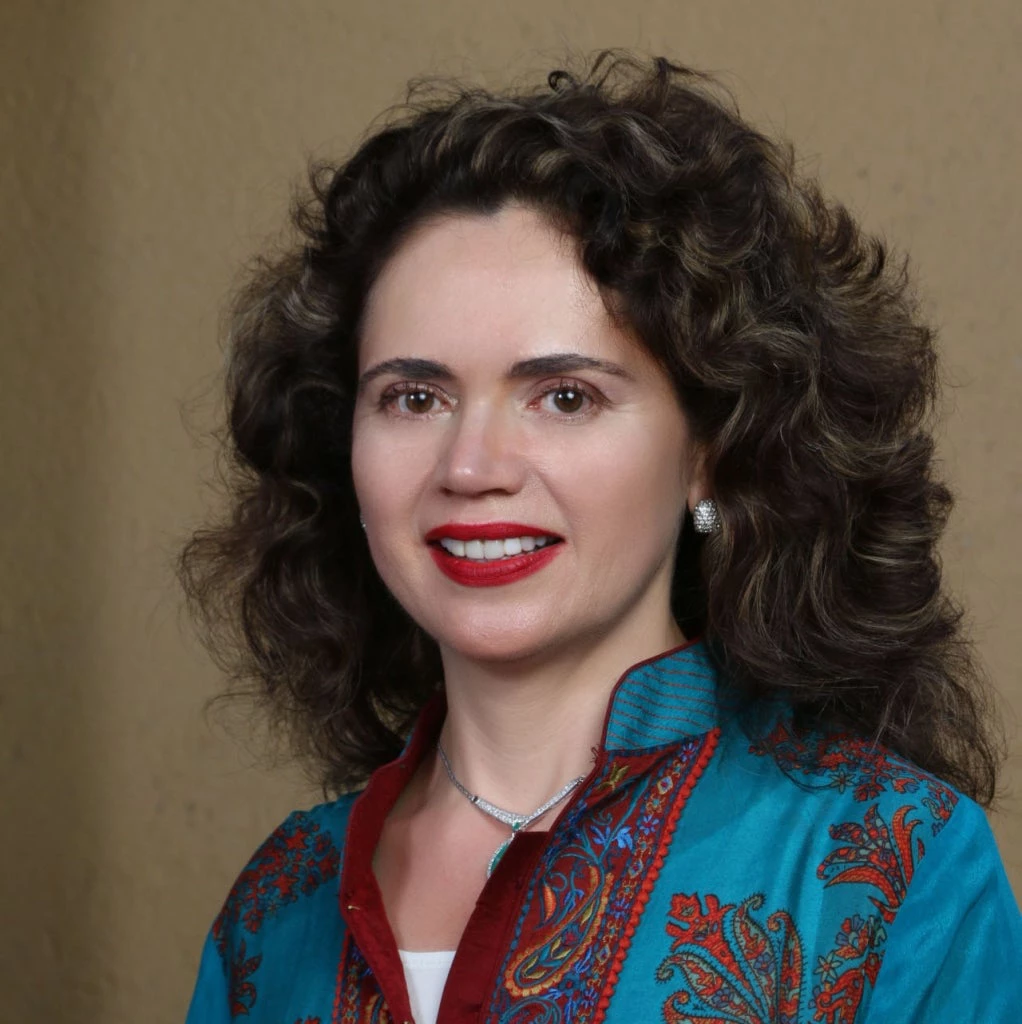 Zaina trained over 20 women in handicraft work. She also makes furniture item thanks to palm tree by-products. | © Arne Hoel / World Bank
Zaina trained over 20 women in handicraft work. She also makes furniture item thanks to palm tree by-products. | © Arne Hoel / World Bank
Despite efforts to promote gender equality in the workforce, biases, social norms, and individual preferences can hinder optimal movement across sectors. This can result in male and female workers performing different tasks and earning different wages, even in countries with high levels of gender equality. Economic shocks, such as trade shocks, can further exacerbate these gender-differentiated patterns, particularly in domestic markets with high levels of gender segmentation.
This impact of trade liberalization on gender labor equality is complex and varies depending on the nature of shocks and the local labor situation. In many developing countries, trade liberalization has led to shifts toward industries and tasks that are more female-intensive increasing gender equality in the workforce. However, increased foreign competition can also temporarily displace male workers, reducing household incomes and leading to more women entering the workforce because of the "added worker effect." Interestingly, increasing exports can have the opposite effect, dampening female labor participation. The effect is contextual and depends on the nature of the shock.
A model to study shocks on gender-differentiated labor outcomes.
In our paper Gender-Segmented Labor Markets and Trade Shocks, we explore the relationship between trade and gender-segmented labor markets. Our model is based on a world with several countries, each with households that maximize utility by choosing optimal consumption and male or female labor supply. We recognize that social norms can determine what kinds of tasks are acceptable for each gender. To simplify our model, we propose an economy with only two sectors: a male-intensive one that produces one kind of good, and a female-intensive one that produces a different good.
We introduce an international trade element, assuming free and open markets for both products. Intuitively, a sufficiently large increase in foreign demand for the male-intensive good will increase labor demand for males relative to females, and vice versa. Households respond by increasing male or female labor supply accordingly.
Our model's theoretical predictions regarding labor are different from the standard Heckscher-Ohlin model. In our gender-differentiated model, a positive shock to a male-intensive sector should decrease the aggregate female-to-male labor ratio and theoretically dampen women's wages relative to men.
To test our theory, we used Tunisia as a country case, which has had international trade shocks concentrated in male-intensive industries and a significantly gender-segmented labor market. Some sectors, such as textiles, have more than 70% of female intensity in the labor force, while others, such as mining, have less than ten percent of female in the labor force.
Importantly, in the analyzed period, there was a negative relationship between export growth and initial female share in employment. For instance, manufacture of textiles and textiles, the sector with the largest female employment share, had a negative export growth during the 2006-16 period.
Conversely, sectors with a higher male employment share had, on average, a positive contribution to export growth. In the context of our model, this initial analysis suggests that Tunisia likely faced increases foreign demand for male-intensive rather than female intensive goods.
Image

Gender segmentation in labor markets can decrease female labor participation even when exports increase.
Our study confirms that, in this case, an increase in exports of male-intensive industries decreased the female-to-male employment ratio. A US$1 billion increase in exports led to an average decrease of 6.8 percent points in female-to-male employment; with female employment decreasing by 7,903 and male employment increasing by 2,418 (although only the coefficient for females is statistically significant).
Households may have substituted male for female labor supply, optimizing quantities of female and male labor in a gender-segmented labor market, per our model hypothesis. Most of the variation in female employment following foreign demand shocks came from married female workers; on average, a US$1 billion increase in exports led to 4,605 fewer jobs among married female workers and 2,501 fewer jobs among single female workers.
This is consistent with people optimizing tasks across individuals within the household and with our main hypothesis.
Policy makers must be aware that trade and sectoral development policies can affect different groups, including men versus women, differently.
Our findings suggest that foreign demand shocks, including those resulting from trade policies, can affect men and women differently, depending on the sectors affected. In Tunisia, a country with a high degree of gender segmentation in labor markets, foreign-demand shocks have been relatively larger in male-intensive sectors, inducing a decrease in the female-to-male employment ratio.
The impacts of trade on local labor markets are contextual (both in time and space) and mediated by local institutions. Gender segmentation in labor markets can dampen how much increasing exports can improve gender equality. Policy makers must be aware of this and promote changes in norms and institutions that cause domestic gender segmentation in labor markets. Policies that promote gender equity have an immediate benefit and can help maintain gender equality progress when economic shifts, including trade shifts, alter the local economy.




Join the Conversation